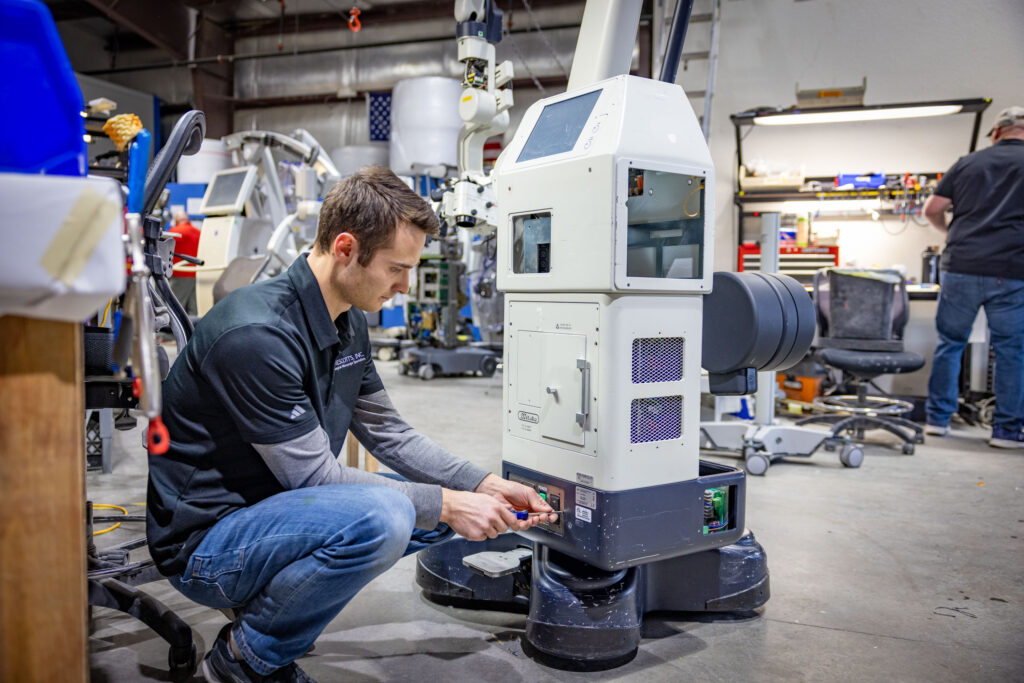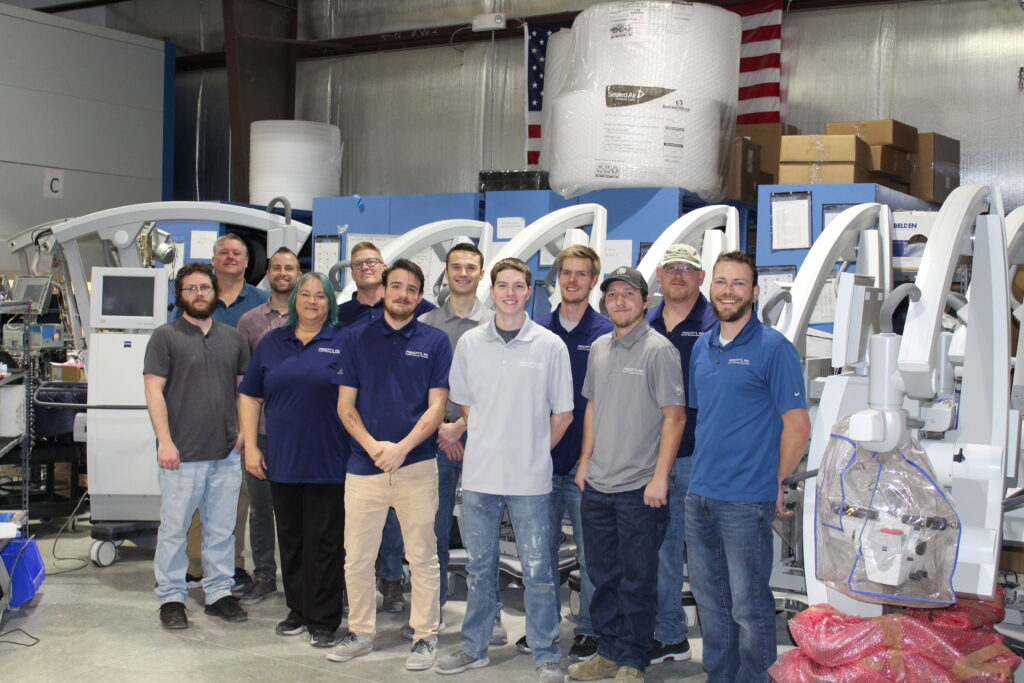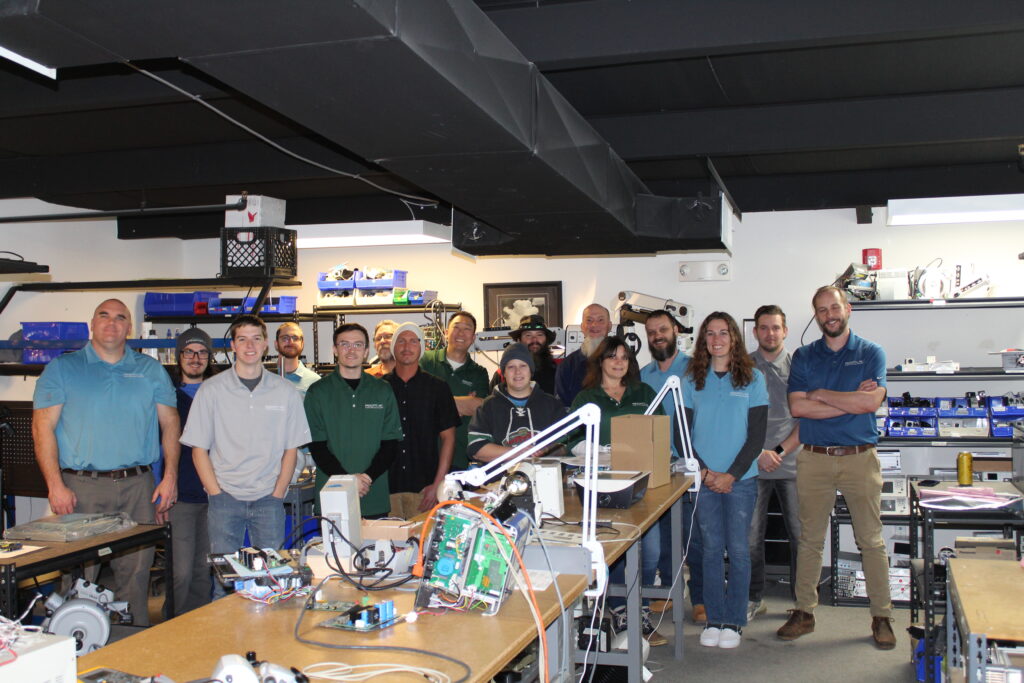About Prescott's

Since 1984, we have offered the highest quality reconditioned surgical microscopes, customized components, video systems, and much more to the discriminating professional.
Prescott’s is set apart from other companies by our trained electronic and optical technicians, complete refurbishing facility, and outstanding customer service, supported by our two-year parts and labor warranty
Prescott’s Mission Statement
To provide to our customers reconditioned operating microscopes and allied accessories that function as intended by the original equipment manufacturer. To ensure all Prescott’s products meet the highest standard of safety and efficacy.
Reconditioned Microscopes and Accessories
Prescott’s procures pre-owned microscopes from hospitals and/or clinics that have changed or expanded their microscope capabilities and desire to eliminate selected units. These units are brought to our well-equipped facility where they are disassembled to basic components. The components along with additional parts and accessories are used to “refurbish” your operating microscope.
Prescott’s has developed a means of refurbishing that supports service after the sales. Since we serve a wide geography, we have found that component exchange is the best means of implementing our guarantee. We have developed our own motor control units, power modules, fiber-optic illumination, light source, and foot-switches that allow us to work with our customers as a means of keeping their surgical microscopes operational.
MONUMENT, CO
18940 Microscope Way
Monument, Colorado 80132
1-800-438-3937

Meet The Team



 Pumps from Adepto
Pumps from Adepto  Monitors from PioBio
Monitors from PioBio